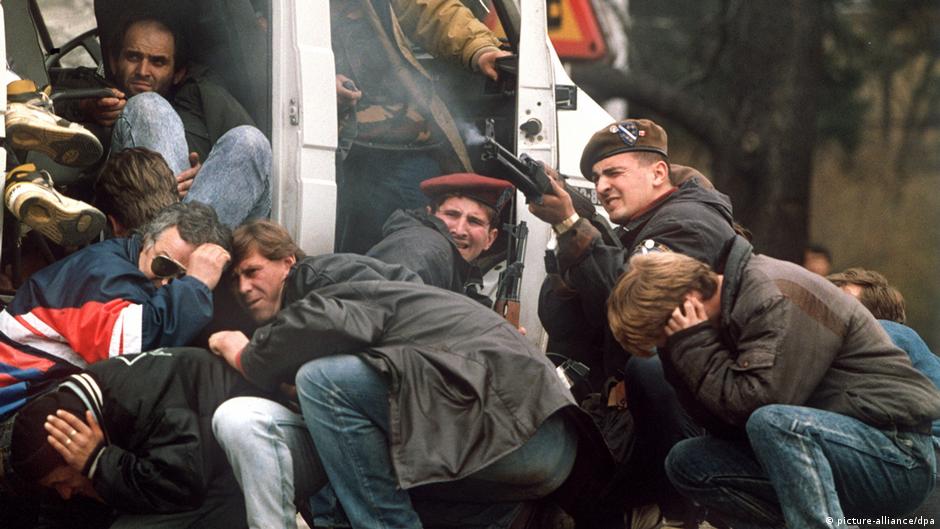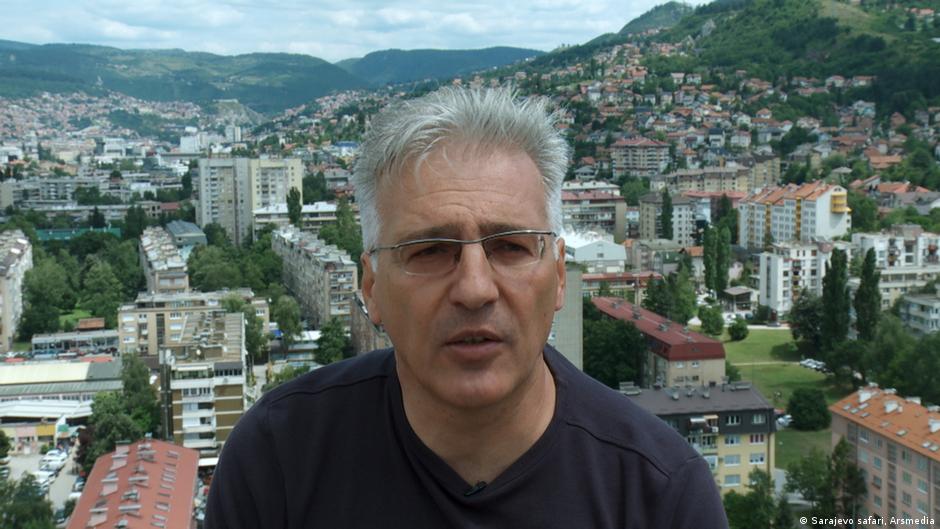The Dark Legacy of “Sniper Tourists” in Sarajevo
Three decades after the siege of Sarajevo, a new investigation has emerged into one of the most disturbing and underreported aspects of the Bosnian War. Italian prosecutors are now looking into the activities of so-called “sniper tourists,” individuals who allegedly paid to shoot at civilians during the conflict that lasted from 1992 to 1995.
A Forgotten Chapter of the Bosnian War
The investigation centers on what some call “Sarajevo safaris.” These were not typical tourism experiences but rather dangerous excursions where foreigners allegedly paid to take part in deadly shootings against civilians. Sarajevo, the capital of Bosnia and Herzegovina, was under siege by Bosnian Serb forces during this time, turning the city into a war zone.
The case was brought to light by Italian journalist Ezio Gavazzeni and two lawyers, who submitted a 17-page report to Milan’s attorney general’s office. Gavazzeni first became interested in the topic around 30 years ago, but it wasn’t until a 2022 documentary titledSarajevo Safariby Slovenian director Miran Zupanic that he reignited his interest.

The Mystery of the Shooters
So far, no names have been officially released, but investigators may soon reveal more. Gavazzeni claims to have spoken with individuals, including a member of the Bosnian secret service, who mentioned Italian “sniper tourists” who traveled to the mountains surrounding Sarajevo to carry out attacks.
The Milan public prosecutor has handed the case over to the anti-terrorism unit of the Italian police’s Special Operations Group (ROS). This marks Italy as the first country to launch such an investigation.
In the documentarySarajevo Safari, Bosnian military intelligence officer Edin Subasic described how foreigners paid to shoot civilians from the mountains near the city. He claimed to have interrogated a captured Serbian soldier in 1993, who confirmed the existence of “sniper tourists.”

A “Human Safari” in the Mountains
During a nighttime drive through Serb-controlled territory, the Serbian soldier, who was 20 years old at the time, said he noticed five foreigners on the same bus who were treated better and well-equipped. According to him, three were Italian, including one from Milan, while the other two remained unidentified.
Subasic claimed these passengers were not paid to fight; instead, they had paid to shoot civilians on what he called a “human safari.” On Bosnian public television, FTV, Subasic suggested that more information about the Italians involved could be uncovered, stating that the names of some perpetrators were found and further investigation might reveal how the travel, payment, and return of participants were organized.
FTV also reported on a “special price list” that varied depending on whether the targets were men, women, pregnant women, or children.
The Toll of Snipers
The people of Sarajevo referred to these individuals as “weekend Chetniks,” a term for Serbians who came to the city’s surrounding areas on weekends. Dzemil Hodzic, who was just 10 years old when his brother was killed in 1993, now leads “Sniper Alley,” a photo project documenting life under siege.
Hodzic explained that mercenaries and volunteers from countries like Russia, Greece, and the Serbian diaspora were known, but the involvement of foreign snipers remains unclear. German photojournalist Peter Kullmann has spoken about meeting Serbs who came from Germany for just two days to “defend their country,” arriving on Fridays and returning late on Sundays.
Although the exact number of foreign snipers is unknown, their impact was devastating. During the siege, more than 11,000 people were killed, including around 1,061 children. Snipers were responsible for between 300 and 350 deaths in Sarajevo, according to Mirsad Tokaca, director of the Research and Documentation Center in Sarajevo.
Almost all the victims were civilians, he added. While the involvement of foreign mercenaries in the Bosnian Serb forces is well-documented, the potential verification of “sniper tourists” could lead to the first trials of European citizens involved in war crimes outside formal military organizations.
